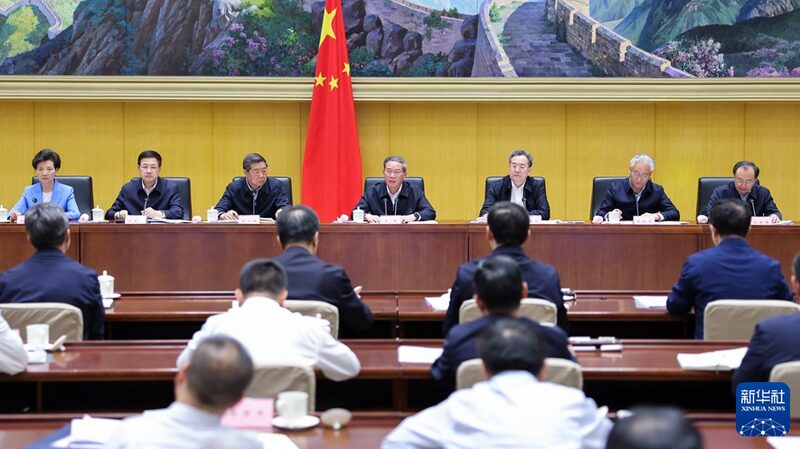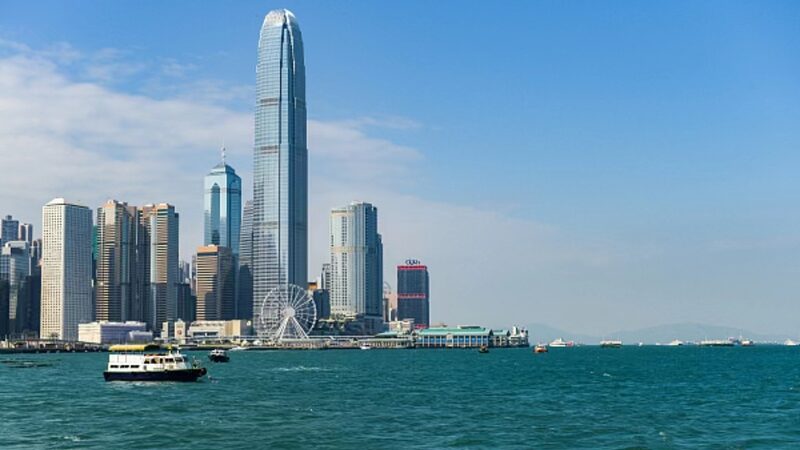In a bold move to counter global economic headwinds, China has announced a historic fiscal expansion aiming to inject vitality into its economy while positioning itself as a stabilizer in turbulent times. Chinese Premier Li Qiang revealed plans to issue 11.86 trillion yuan ($1.66 trillion) in new government debt for 2025, marking a 2.9 trillion yuan increase from 2024 and lifting the deficit-to-GDP ratio to 4% – surpassing even pandemic-era levels.
The Engine of Growth
The fiscal package features unprecedented 1.3 trillion yuan in ultra-long-term special treasury bonds, with maturities extending up to 50 years. These instruments – distinct from regular budget measures – will fund strategic initiatives including:
- Science and technology innovation
- Green energy transition
- Integrated urban-rural development
- Food and energy security systems
Beyond Crisis Management
Unlike previous special bond issuances responding to immediate crises, this initiative represents a proactive investment in China's long-term competitiveness. Analysts note the focus on:
- Building next-gen infrastructure resilience
- Accelerating technological self-sufficiency
- Creating high-value industrial capacity
The strategy also includes 4.4 trillion yuan in local government bonds to stimulate regional economic activity. This dual approach combines central coordination with local implementation flexibility.
Global Implications
While primarily domestic in focus, the fiscal surge carries international significance:
- Enhanced capacity for green technology exports
- Stabilizing effect on global supply chains
- New opportunities in China's upgraded industrial ecosystem
As markets digest the details, the commitment to 'high-quality development' suggests China's economic blueprint prioritizes sustainability alongside growth – a balancing act that could redefine Asia's economic landscape.
Reference(s):
China's proactive fiscal policy driving growth, investment & stability
cgtn.com








